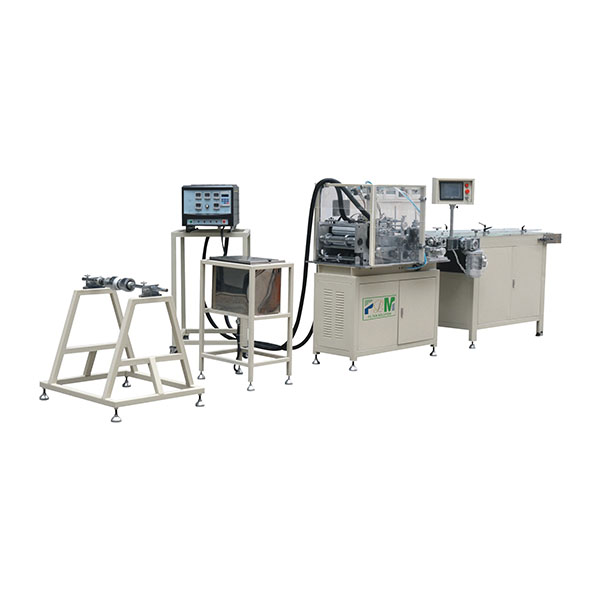sep . 09, 2024 14:34 Back to list
filter press cloth micron rating product
Understanding Filter Press Cloth Micron Ratings
Filter press cloths play a crucial role in the filtration process across various industries, including food and beverage, pharmaceuticals, wastewater treatment, and mining. The performance of these cloths is often described using a metric known as micron rating, which indicates the size of particles that the filter can capture. Understanding micron ratings is essential for selecting the appropriate filter press cloth for specific applications.
What is Micron Rating?
The term micron is a unit of measurement that equals one-millionth of a meter, or one thousandth of a millimeter. A micron rating typically refers to the smallest particle size that a filter can effectively block. For instance, a filter with a micron rating of 10 microns can capture particles that are larger than this size, while allowing smaller particles to pass through. This rating is crucial for ensuring that the desired level of filtration is achieved, which directly impacts the quality of the final product.
Importance of Selecting the Right Micron Rating
Selecting the appropriate micron rating for filter press cloths is vital for several reasons
1. Product Quality In industries like food and beverage or pharmaceuticals, the purity and quality of the final product depend heavily on effective filtration. Choosing a micron rating that aligns with product requirements ensures contaminants are effectively removed, maintaining high standards.
2. Process Efficiency An incorrect micron rating can result in either excessive clogging or insufficient filtration. If the rating is too high, contaminants may pass through, compromising the end product. Conversely, if it’s too low, the filter cloth might clog quickly, leading to increased downtime and operational inefficiencies.
filter press cloth micron rating product

3. Cost Effectiveness Using the correct micron rating can lead to significant savings. Proper filtration reduces the need for additional processes to clean or purify the product further, saving time and resources.
Factors Influencing Micron Rating Selection
When selecting the micron rating for filter press cloths, several factors should be considered
- Nature of the Feed The composition and viscosity of the material being filtered impact the choice of filter cloth. For instance, slurries with large solids may require a cloth with a higher micron rating to prevent clogging.
- Desired Cleanliness Level Depending on the application—whether it’s food processing, chemical filtration, or wastewater management—the required cleanliness level can dictate the appropriate micron rating.
- Cost and Durability Higher quality materials that provide finer filtration are often more expensive. It’s crucial to balance cost against the desired filtration efficiency and the lifespan of the filter cloth.
Conclusion
In conclusion, the micron rating of filter press cloths is a critical parameter influencing the filtration process across numerous industries. Understanding what micron rating suits specific applications can enhance product quality, improve process efficiency, and reduce operational costs. As industries continue to evolve and demand higher standards, the careful selection of filter press cloth based on its micron rating will remain an essential consideration in achieving optimal filtration results. Whether in laboratory settings or large-scale industrial operations, ensuring the right micron rating is a fundamental step toward success.
-
OEM PLXB-1 PU Pack Trimming Machine - High Precision, Durable, Cost-Effective Solutions
NewsJun.10,2025
-
High-Performance In Line Fan Filter Trusted In Line Fan Filter Company & Products
NewsJun.10,2025
-
High-Efficiency Water Filter Making Machine Reliable Companies & Products
NewsJun.10,2025
-
Premium Metal Fuel Filter Durable & Efficient for Engine Protection
NewsJun.10,2025
-
Premium OEM 304 Rimmed Filter Disc Custom Stainless Steel Filters
NewsJun.10,2025
-
China PP Air Filter Production Line Automated & High-Efficiency Solutions
NewsJun.10,2025
